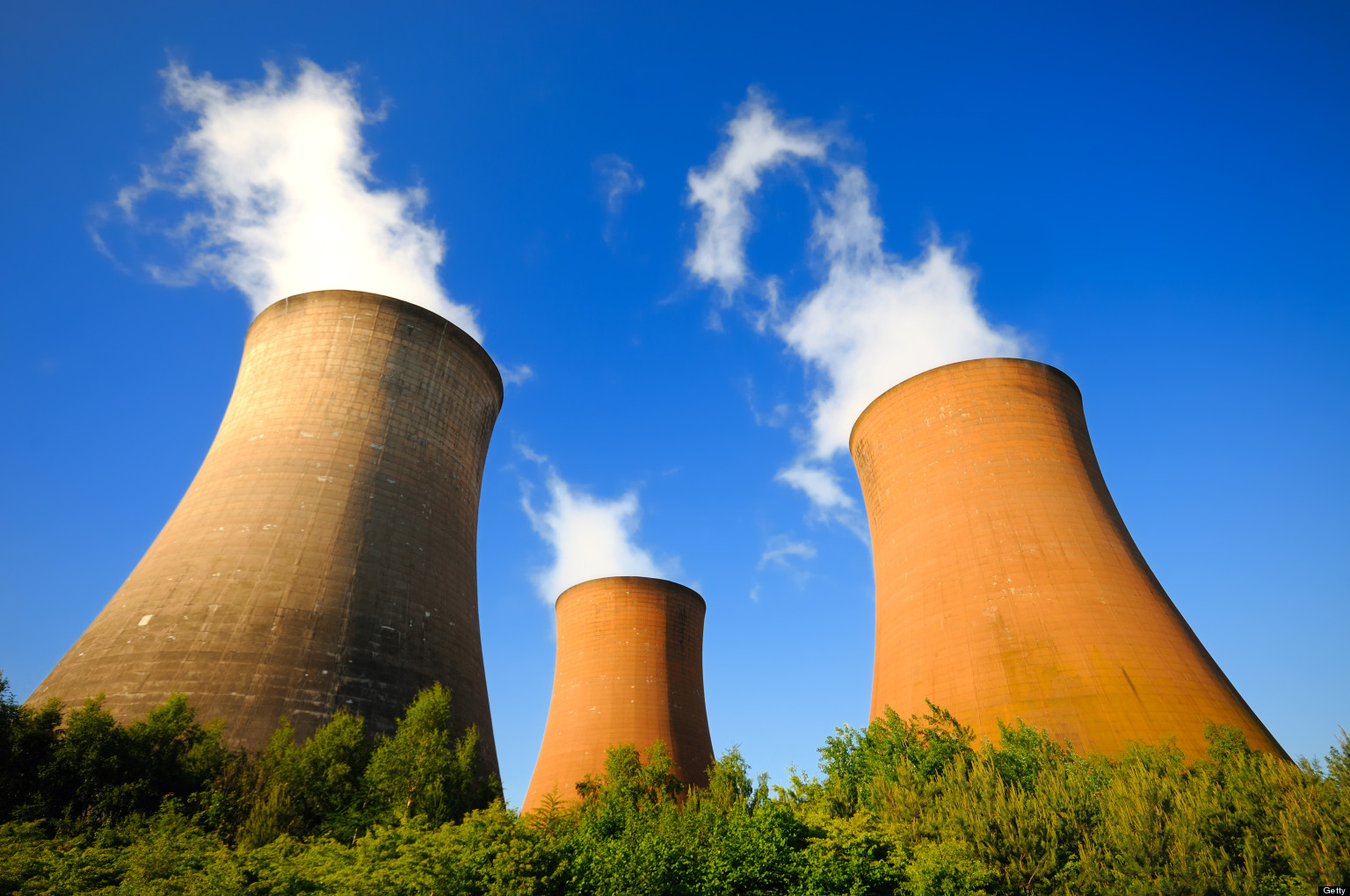Even a downtick in photovoltaic solar investment this year will not stop the sector from growing to an estimated global installed capacity of 390 gigawatts by the end of 2017.
At that point, “solar power capacity will rival nuclear. By 2022, it could more than double nuclear capacity", US-based research firm Greentech Media said in a report.
Greentech cites its own research for its estimate of global photovoltaic capacity by the yearend, noting that “the final numbers could be larger, since the outlook for China is growing stronger”, The Energy Mix reported.
It compares its end-of-year forecast to the Nuclear Energy Institute’s estimate of 391.5 GW of generation capacity in nuclear plants currently operating around the world.
“By 2022, global [solar] capacity will likely reach 871 GW. That’s about 43 GW more than the expected cumulative wind installs by that date. And it’s more than double today’s nuclear capacity," the industry outlet forecasts.
The caution, however, is that “capacity only tells us part of the story. It’s all about electrons. And in that regard, nuclear still dominates”. Thanks to its continuous output, unaffected by falling winds or the setting sun, nuclear generates 2.5 million gigawatt-hours of electricity annually—about 11% of all global generation.
“Solar, on the other hand, only accounts for 375,000 gigawatt hours of electricity, or about 1.8% of global generation.”
On the other hand, “growth rates and cost reductions for solar have far exceeded projections, [while] high costs, slow construction and competitive renewable alternatives are causing the global nuclear industry to falter”.
Indeed, as both wind and solar continue to roll out, the recent bankruptcy of Westinghouse Electric, the United States’ last commercial enterprise designing and building nuclear plants, have raised questions about whether the industry can survive at all.


